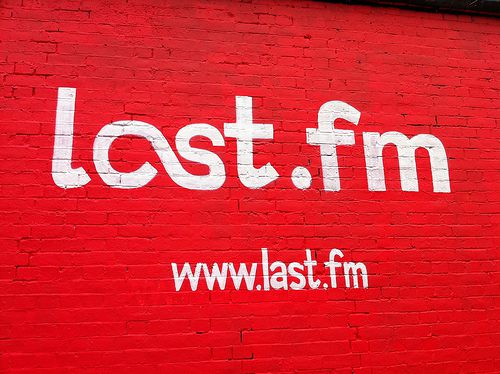
In another sign the economics for purely-free music streamers don’t add up, Last.fm says it will now require a monthly subscription for access to its music via mobile and home entertainment devices.
This refers to “Last.fm Radio”, the Pandora-style service which plays back-to-back full tracks in a sequence determined by users’ preferences, though not by its specific wishes.
Back in March 2009, delayed by 15 months, Last.fm already started requiring a £3/€3/$3-a-month sub for this music everywhere except in the UK, U.S. and Germany. Today’s news means, even in those countries, it’s requiring the sub from users of its mobile apps and various home music players. The service will remain free on the web – and also though Windows Mobile 7 phones and the Xbox Live app.
Considering that Last.fm Radio users cannot choose which individual tracks they want to play on-demand, this is an awkward proposition. Spotify’s service for mobile and music gadgets, which does allow on-demand, costs £9.99/$9.99 per month.
This is the latest Last.fm step to reduce costly outgoings on music royalties. In April 2010, it retired its on-demand music feature – royalties for which are higher than for personalised radio – and instead started linking out to songs on other services like Spotify and Hype Machine.
We7, too, recently repositioned to beef up its personalised radio offering, saying users actually prefer to hear tracks they weren’t expecting.
Last.fm’s latest switch may suggest that axing on-demand music hadn’t saved as much money as necessary. For it, music playback must now pay its way – at core, the site remains a socially-charged preference database.
Back in March, CBS Interactive (NYSE: CBS) told paidContent:UK Last.fm would turn its first ever profit in 2010 – but, by the end of the year, it was unable to confirm whether this came true.